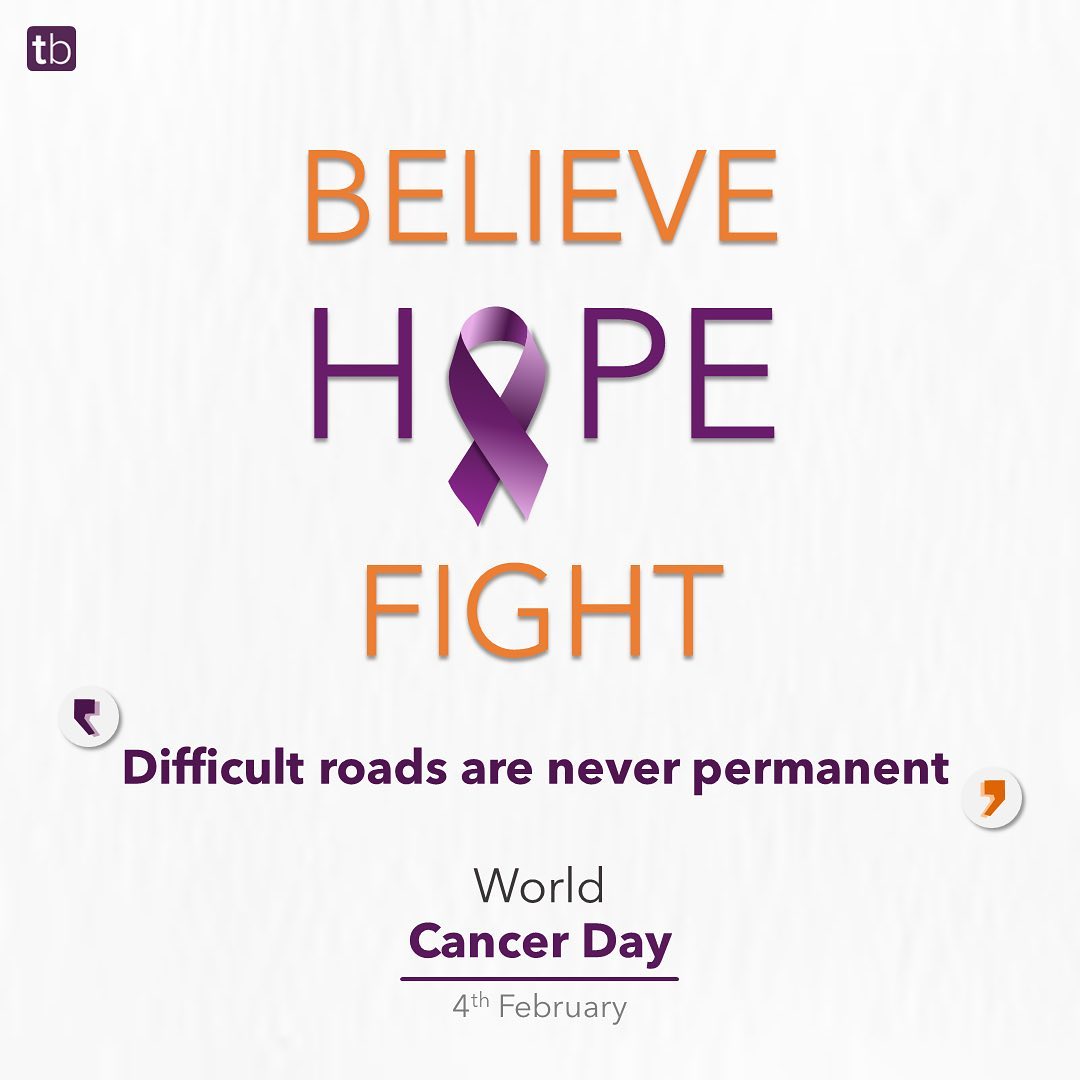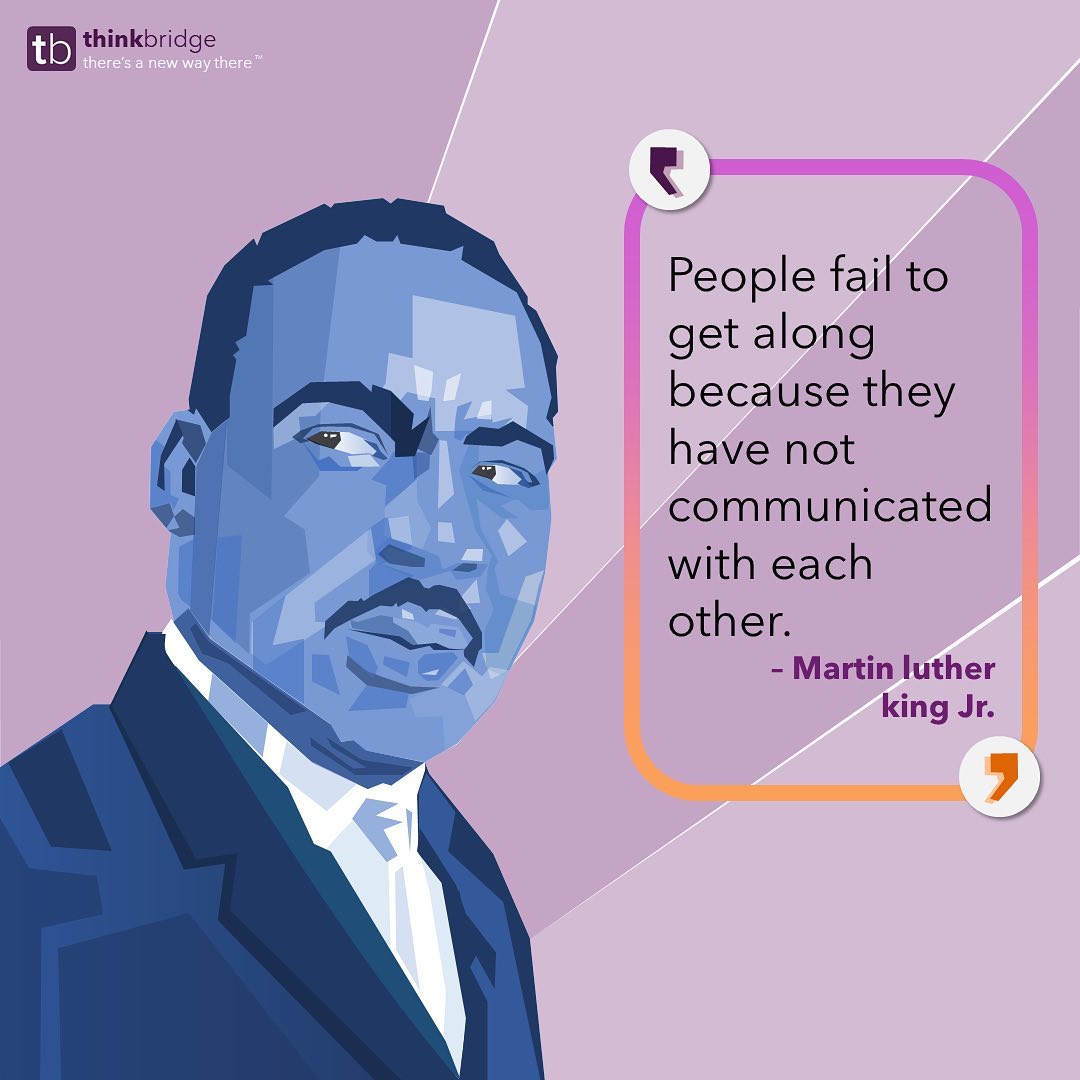Say your software development firm is seeking new ventures. A fresh-faced client approaches you, and a date is set for a discussion. Oftentimes, these initial conversations focus on the big picture and establishing a level of familiarity. If a partnership is to be established, there has to be some back and forth. Still, the possibility of spotting red flags is always present. Be cognizant of what’s being said and how it’s being said. We’ve had the privilege of working with various clients in numerous sectors. In doing so, we’ve come to realize the ease with which a project moves when working with a great client. But we’ve also seen the other side of that coin.
A difficult client can make any project turn into a nightmare. The Red Wedding can seem like a walk in the park if you’re stuck interacting with an organization that doesn’t value your expertise. So, how do you choose the right one? We fire more clients than we do team members, and there’s a reason for that. Here’s what to look for when interacting with potential clients. If you don’t spot the red flags fast enough, you’ll end up in a toxic relationship that doesn’t benefit anyone. Let’s try and avoid that, shall we?
What Makes A Bad Client?
- Indecision - Decision latency is a project killer. Don’t let that scourge run amok. There’s no dilly-dallying in the world of software development. Tech moves at a breakneck pace, and software solutions must do the same. Don’t find yourself stuck between a rock and a hard place waiting for a client to make up their mind. Either they’re ready for action or not. If they want to be a partner, great, move on to the next discussion. If they’re hesitating, it might make sense to keep your distance.
- Featuritis - This problem plagues organizations of all kinds. Firms think they’re one button or feature away from a billion-dollar product. Don’t give in to that fairytale. You’re the expert in this situation. You understand the business problems and what solutions can be created to address those problems. Moving the goalposts mid-project to include a vanity feature likely won’t make anyone more money, but it’ll definitely slow down development. So, stay away from featuritis. You won’t find it on WebMD, but it does exist and can easily derail a project.
- Micromanagement - We’ve discussed this topic before here, but just to reiterate. Monitoring productivity and treating team members like school kids won’t speed up development. This is where you find out if the term “Partnership” is truly accurate regarding a client. They’re reliant on you to do a job. They valued your organization’s expertise enough to partner with you; shouldn’t they trust you to get the job done? Transparency is key. If a client wants to take on the role of a helicopter parent, run.
- Minimization Of Effort/Scope - Let’s see if this rings any bells. “I used to develop software before; how hard can it be?” Look, a lack of technical context can lead to a question of this nature. But even that shouldn’t be enough of a reason to frame software development in this light. Belittlement should never be a part of a client conversation. If they’re unwilling or incapable of understanding the complex, nuanced nature of software development, then what was once a symbiotic relationship has become parasitic in nature.
- Incompetency - Quality of output matters. While you may hold yourself and your organization to a high standard, there may be clients who are unable or unwilling to reach that level of self-awareness. You know what you're capable of. You know what your team is capable of. Sometimes there's no need to sugarcoat. Don't let the failures of others relfect poorly on your devlierables. Some people can't deliver, and that's a situation to be avoided at all costs.
- Misplaced Incentives - Are they looking to make a quick buck? Is the focus solely on increasing their valuation? Make sure to decipher exactly what is wanted and why. Artificial incentives are a heavy burden to bear, and if your client isn't willing to live in reality, then maybe this isn't the right fit.
What Makes A Good Client?
- Trusting And Transparent - Clients that are self-aware understand their limitations. Seeking expertise where you’re lacking is a sign of incredible intelligence, not the opposite. Honesty is everything. If they’re transparent in their capabilities and business needs, your job becomes much easier. An honest, fallible client is better than a cocky one. Trust us on this one.
- Clear Vision - Imagine a potential customer coming in with a comprehensive understanding of their organization’s pain points and what is needed to address them. No, we’re not in Neverland, but yes, this can happen. Firms will always need a bit of guidance regardless of their expertise, but having a clear vision is critical. An innate understanding of what needs to be improved leads to clear expectations and accessible milestones. Everyone wins.
- Realism-Driven Decision-Making - Why take half when you can have it all? This mindset can be the downfall of a software development project. Organizations that are pragmatic about timelines, necessary features, and other aspects of software development just make the process smoother. You’re not worried about moving the goalposts. The focus is what it should’ve been all along: the software.
- Longevity - Now, this is in a perfect world, but still. The hope is that if a client enjoys doing business with your organization, and the feeling is mutual, they’d become a repeat customer. Customer retention becomes possible when familiarity is established, and the quality of deliverables meets expectations. If you can tick those boxes, then reoccurring opportunities with the same organization become more accessible.
- Knowledge Of Strengths/Weaknesses - The scope of every organiztion is finite. The same goes for capability. Having a client that's fully aware of that will greatly simplify the development process. There's no nagging, no ridiculous expectations, and no unnecessary additions to the project. Expertise is trusted, communnication is transparent, and now the viability and speed of the project increases.
- Open Minded - This is different than lacking vision. Open mindedness is in reference to the client's ability to be adaptable. A foolproof plan is necessary, but sometimes things change. That's how life goes. A client that's malleable and willing to change their opinion opens many doors.
Choose The Right Software Development Project
Choosing the right client can fundamentally impact the success of an organization. How many headlines have we read of failed partnerships and bickering between firms? That is not a situation you want to end up in. Being choosey regarding clients may save you time, resources, and an astounding number of headaches. There are fewer fires to put out and more bright spots to be appreciated. There is a purpose in being deliberate. Don’t rush into things. Keep an eye out for red flags, and hopefully, you’ll find a client that’s right for you.











